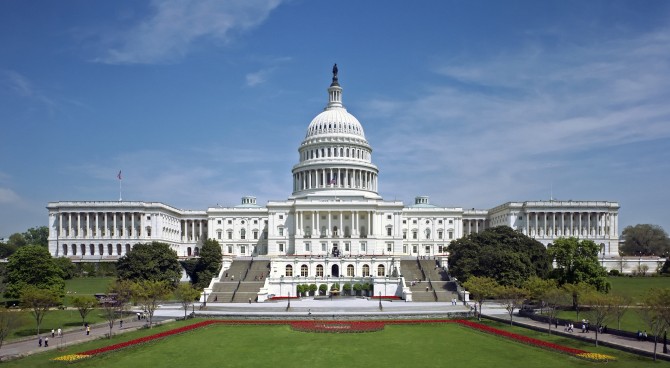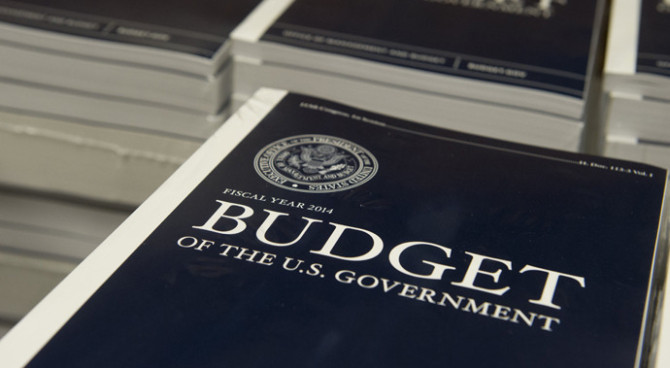An array of President Obama’s policies—changing immigration law, blocking the Keystone XL pipeline, the Iranian nuclear agreement and the normalization of relations with Cuba, among others—were implemented exclusively through executive action. Because any president is free “to revoke, modify or supersede his own orders or those issued by a predecessor,” as the Congressional Research Service puts it, a Republican president could overturn every Obama executive action the moment after taking the oath of office.
At the beginning of the inaugural address, the new president could sign an executive order rescinding all of Mr. Obama’s executive orders deemed harmful to economic growth or constitutionally suspect. The new president could then establish a blue-ribbon commission to review all other Obama executive orders. Any order not reissued or amended in 60 days could be automatically rescinded.
Then there’s the trove of regulations used largely to push through policies that could have never passed Congress. For example, when President Obama in 2010 couldn’t ram through his climate-change legislation in a Democratic Senate, he used decades-old regulatory authority to inflict the green agenda on power plants and the auto industry.
This is far from the only example: Labor Department rules on fiduciary standards; the National Labor Relations Board’s ruling that franchisees are joint employers; the Environmental Protection Agency’s power grab over water ways; the Federal Communications Commission’s attempt to regulate the Internet as a 1930s telephone monopoly. All are illustrations of how President Obama has used rule-making not to carry out congressional intent but to circumvent it.
If the new president proves as committed to overturning these regulations as Mr. Obama was to implementing them, these rules could be amended or overturned. And because Senate Democrats “nuked” the right of the minority to filibuster administration nominees, the new president’s appointees could not be blocked by Democrats if Republicans retain control of the Senate.
To accelerate this process, the new president should name cabinet and agency appointees before the 115th Congress begins. He could declare an economic emergency and ask the agencies to initiate the rule-making process promptly. On the first day in the Oval Office the president could order federal agencies to halt consideration of all pending regulations—precisely as President Obama did.
Even when the Obama transformation is rooted in law, by demanding legislation that even the most liberal Congress in 75 years could not vote for in detail, he was forced to avoid program details, granting vast power to agencies to determine actual policy during implementation. Dodd-Frank granted extraordinary powers to financial regulators by leaving objectives vaguely defined: What the Volcker rule on bank trading means, what constitutes an acceptable “living will” for a financial institution, how international regulatory decisions work within U.S. law, and much more. If the new president nominated able, committed cabinet and agency leaders, many of Dodd-Frank’s worst provisions could be revised or reversed without legislative action.
As Congress debates repealing Dodd-Frank, the new president’s appointees could ensure that no financial institution is too big to fail, that Federal Reserve bureaucrats are removed from corporate boardrooms and that penalties for misconduct fall on individual offenders, not on innocent pensioners and other stockholders. The new president’s Consumer Financial Protection Bureau director will have the unilateral power to overturn each and every barrier erected against mortgage, auto and personal lending.
The Affordable Care Act also grants substantial flexibility in its implementation, a feature Mr. Obama has repeatedly exploited. The new president could suspend penalties for individuals and employers, enforce income-verification requirements, ease the premium shock on young enrollees by adjusting the community rating system, allow different pricing structures inside the exchanges and alter provider compensation. These actions could begin dismantling the most pernicious parts of ObamaCare and prevent its roots from deepening as Congress debates its repeal and replacement.
By relentlessly pursuing an agenda that was outside the political mainstream, Mr. Obama became the most polarizing president of the past century. Had he compromised with his own party and a handful of Republicans, much of his vision might have been firmly cemented into law on a bipartisan basis. But by doing it his way, Mr. Obama built an imposing sand castle that is now imperiled by the changing tides of voter sentiment. All the American electorate must do now is choose a president totally committed to overturning the Obama program—and Obama’s sand castle will be washed away.
Mr. Gramm, a former chairman of the Senate Banking Committee, is a visiting scholar at the American Enterprise Institute. Mr. Solon was budget adviser to Senate Majority Leader Mitch McConnell and is currently a partner of U.S. Policy Metrics.



